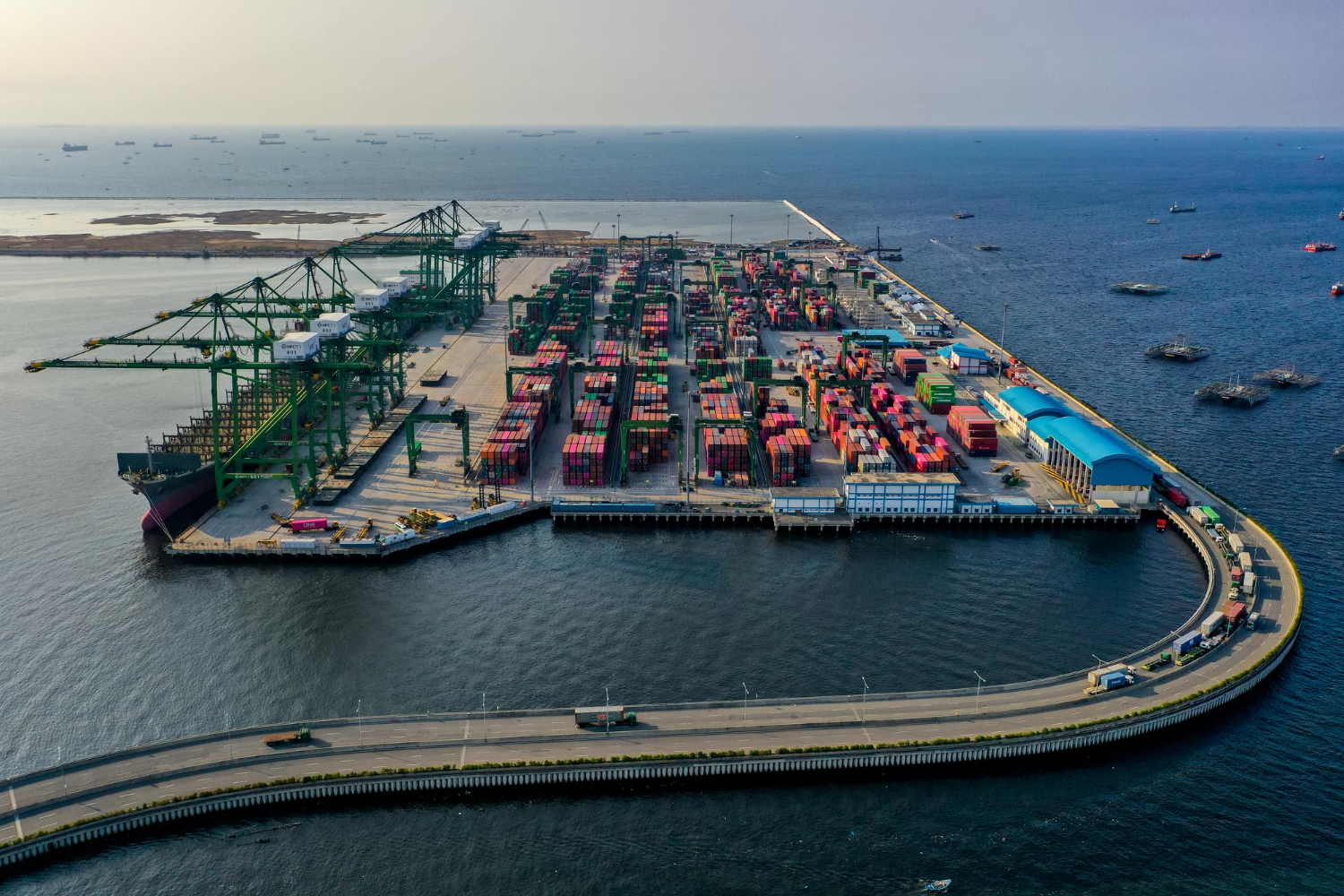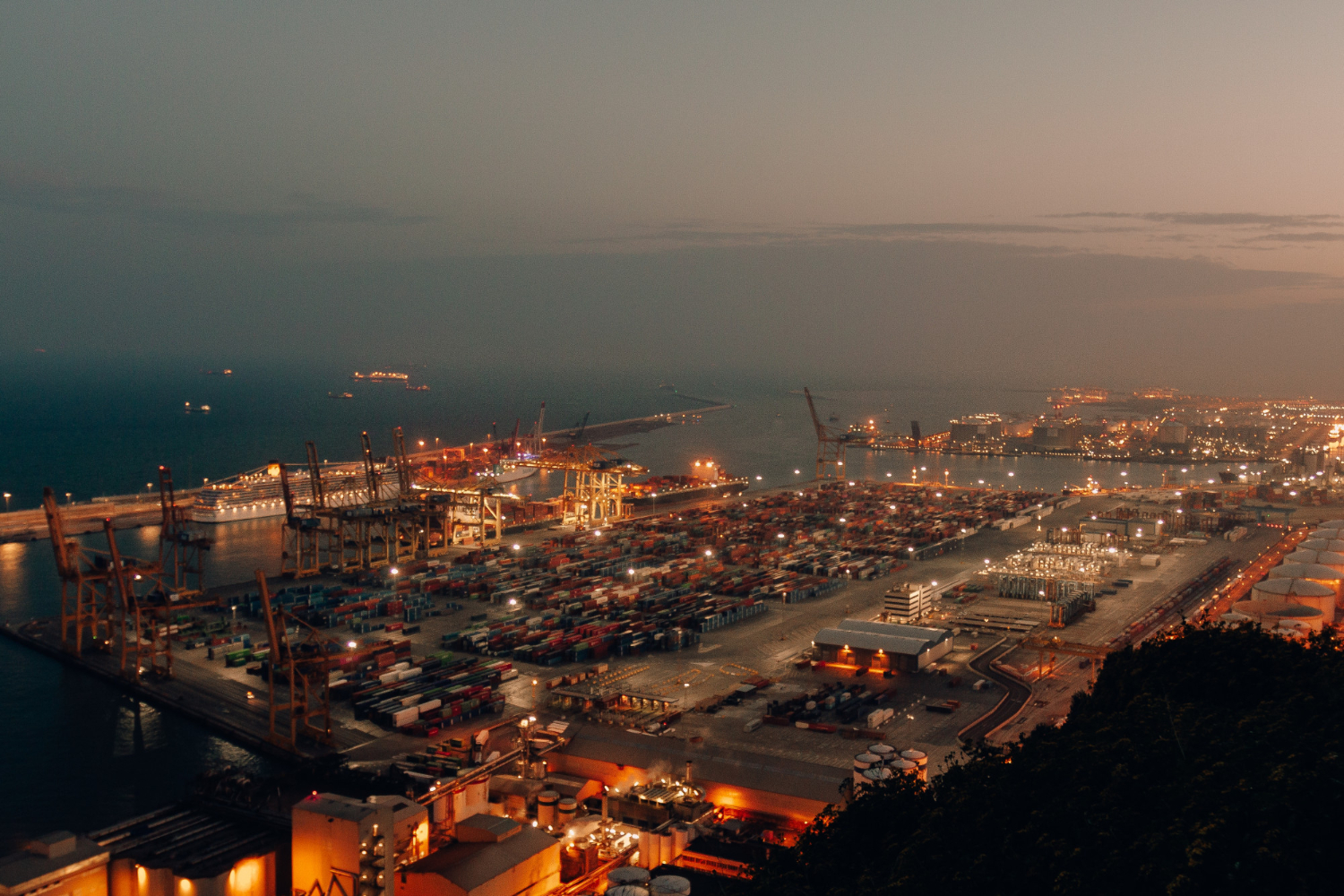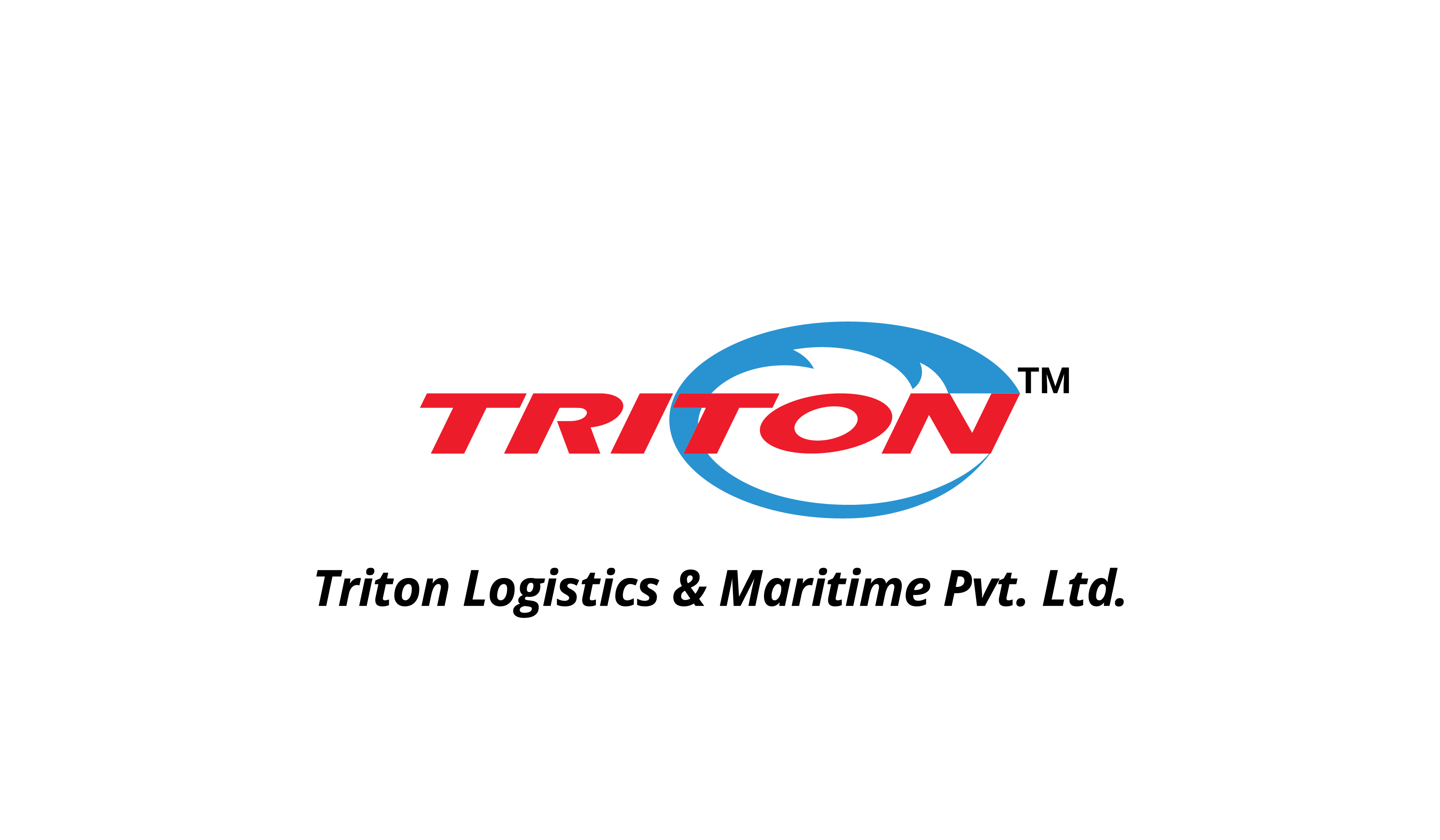The India maritime ecosystem is entering a transformative phase. Over the next 5-10 years, ports and connectivity will no longer be mere transit points, they’ll become intelligent gateways that drive trade, logistics and industrial growth. What this really means is a shift from the physical to the digital, from standalone terminals to seamless networks.
In 2025, India already shows the momentum: major ports handled ~855 million tonnes of cargo in FY 2024-25. Around 95% of India’s trade by volume still moves via the maritime route. These figures underscore why this ecosystem matters.
Ports as logistics engines
The India maritime ecosystem is looking beyond the quay. The physical infrastructure remains vital but what’s changing is the role of ports as hubs of data, sensors, optimization and connectivity. For example:
- The new Vizhinjam International Seaport in Kerala (deep-water, near shipping lanes) exemplifies this shift — it handled major ultra-large container ships within its first year.
- The enactment of the Indian Ports Act, 2025 modernises regulation, emphasises integrated planning between centre and states, and lays the foundation for ports to function as “catalysts for economic momentum” rather than just transit hubs.
The takeaway: As turnaround times improve (from ~93 hours a decade ago to ~48 hours now), the competitive advantage shifts to those ports and corridors which integrate physical throughput with digital orchestration.

Connectivity: The backbone of growth
Here’s what defines the next decade for the India maritime ecosystem:
- Multimodal networks. Rail, road, inland waterways and last-mile links will determine which ports and corridors turn into economic magnets. The inland waterway cargo movement rose to ~146 million metric tonnes in 2025 from 18 MMT in 2014.
- Digital linkage. Projects like the “Digi Bandar” framework launched in 2025 aim to make ports data-driven and interconnected.
- Policy alignment. Initiatives like Sagarmala and PM GatiShakti (while not always named in these sources) are implicitly part of the architecture that connects infrastructure, operations and multimodality.
In short: the smoother the connectivity (physical + digital), the lower the friction for cargo, which means faster throughput, lower cost, and higher competitiveness for India in global supply chains.

Collaboration: Who’s doing what and why it matters
In the emerging India maritime ecosystem we see three key parties working together: ports, shipping/logistics providers, and regulators. Collaboration shows up in:
- Shared digital twins of operations, unified visibility layers, electronic bills of lading and common KPIs (forming effectively a “single operating system for logistics”).
- Regulatory reform: for example, the Indian Ports Act 2025 empowers state maritime boards, clarifies tariffs and streamlines dispute resolution.
- Massive investment: During India Maritime Week 2025, India secured more than ₹12 lakh crore in investment commitments, up 41% from previous rounds.
When all parties play on the same timetable and data canvas, inefficiencies collapse. And for the India maritime ecosystem, that means real competitive gain, not just infrastructure addition.
The “why” behind this surge
Why all this focus on ports and connectivity? Because in global trade, speed, reliability and cost matter as much as volume. India is on a path to become an integrated logistics machine and ports + connectivity are the lever. Here are some reasons:
- With 95% of trade by volume moving via sea, ports set the tone for India’s external linkages.
- As manufacturing, export and import growth accelerate, India needs logistics capacity that doesn’t choke.
- Increased private-capital/investment flows mean infrastructure is buildable now. For instance, a maritime development fund of ~₹25,000 crore (US$2.9 billion) for shipbuilding and repair was announced in 2025.
- Sustainability and efficiency are rising priorities: green ports, low-emission shipping, digital automation all factor in.

Looking ahead: 5-10 year horizon
So what should we expect from the India maritime ecosystem by say 2030-35?
- More ports will transform into logistics-data hubs rather than mere berths.
- Corridors with strong multimodal connectivity (rail + road + waterways + digital) will be the economic winners.
- Real-time visibility for cargo, automated operations at terminals and stronger integration across shipping-land logistics.
- Faster pace: project sanction to cargo throughput time becomes a key metric of success.
- A deeper shift toward eco-friendly shipping and water-based transport as land congestion and emissions come under pressure.
Final thoughts
The India maritime ecosystem is no longer a back-office infrastructure play. It is front-and-centre in India’s push to modernise logistics, boost exports, and integrate with global supply chains. With policy, technology and connectivity coming together, ports will stop being simple drop-off points. They’ll become smart gates to the world. And for businesses, brands and industries, this means new opportunities: faster trade, reduced cost, and better access. For the nation, it means stepping up to become a maritime power, not just a maritime participant.




